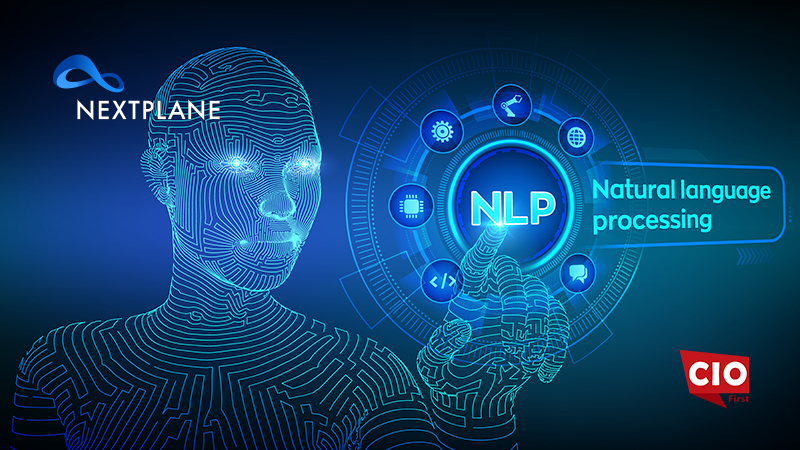NextPlane, a leading provider of interoperability and federation services for collaboration solutions, announced a set of new software offerings – OpenCall and OpenAxys – that enable next-gen AI capabilities into Microsoft Teams PSTN calling with Unified Communications (UCaaS) and call center (CX) platforms while seamlessly empowering a suite of new capabilities leveraging large language models (LLMs).
OpenCall seamlessly integrates any Unified Communications (UC) platform, PBX, or SIP Trunk provider with Microsoft Teams, allowing users to effortlessly make calls and display their presence status directly within Teams while utilizing their current SBC, PBX, and SIP Trunk setup. OpenAxys provides a host of new capabilities by seamlessly integrating UC & contact center (CX) platforms with AI tools and LLMs such as Open AI, Meta Llama 2, Google Bard, and many more.
“Our new research on voice platform migration shows almost half of U.S. businesses are still using legacy voice systems, and at the same time, a growing number are embracing cloud-based communications platforms like Teams or Slack for communication and collaboration,” said Matt Davis, analyst at Independent Research an analyst firm focused on the telecom. “Innovative solutions like NextPlane’s that are designed to allow these presence and messaging technologies to talk to one another will increase in importance as cloud-based collaboration grows.”
“OpenCall and OpenAxys enable all service providers the ability to quickly and seamlessly deliver differentiated services to their subscribers,” said Farzin Shahidi, Founder and CEO of NextPlane. “Regardless of their UCaaS or CX platform, the CSPs can quickly offer new functional benefits to their subscribers by seamlessly integrating Teams or other presence and messaging platforms while also leveraging large language models to streamline operational models further and save time and money.”
SOURCE: PRNewsWire
























